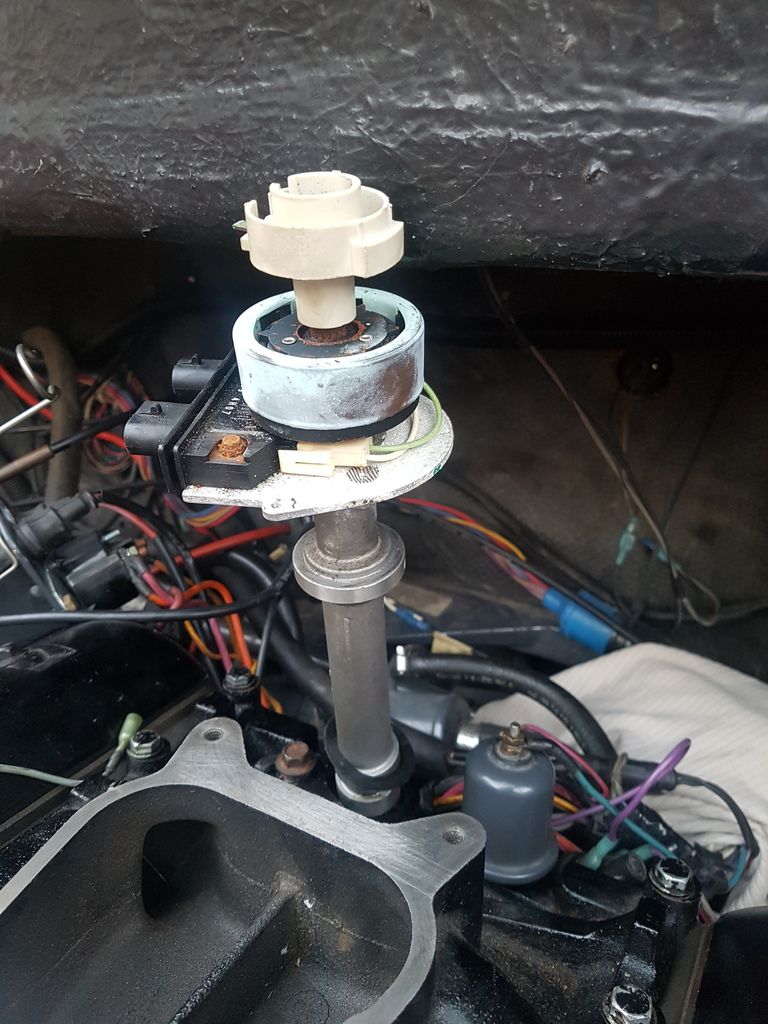JohnRichard
New member
1989 Cadorette Holiday 200. GM 4.3 Vortec motor - ran great, very reliable. Water left in block over winter (drain holes plugged) whichi cracked block and heads.
Replaced with another GM 4.3 Vortec motor. Swapped over the intake, carb (4 bbl Q Jet), distributor, alternator, starter, flywheel, etc. Set base timing. Distributor is a non-HEI and has no vacuum advance. It has a separate coil beside it.
Took a while, but fired up. When it was running, it would idle at 2000 RPM. I know to check the timing, engine has to be warm. Question is, is it okay to run it at 2k until it gets warm to check timing with a timing gun/light? Or should I solve this high idle issue asap? Is it a timing thing?
Any help would be appreciated!
Replaced with another GM 4.3 Vortec motor. Swapped over the intake, carb (4 bbl Q Jet), distributor, alternator, starter, flywheel, etc. Set base timing. Distributor is a non-HEI and has no vacuum advance. It has a separate coil beside it.
Took a while, but fired up. When it was running, it would idle at 2000 RPM. I know to check the timing, engine has to be warm. Question is, is it okay to run it at 2k until it gets warm to check timing with a timing gun/light? Or should I solve this high idle issue asap? Is it a timing thing?
Any help would be appreciated!




